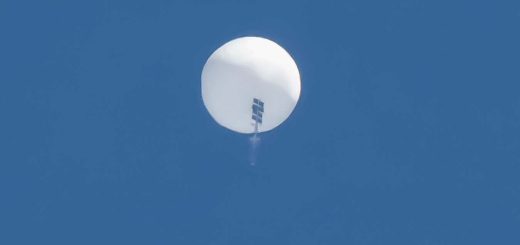Most accurate space clock to launch – and count down to destruction
A network of Earth’s best clocks will be synchronised with the most accurate one ever sent into space. But the device has a short shelf life: it will burn up in the atmosphere at the end of the decade as the ISS deorbits
By Matthew Sparkes
18 April 2025
Canadarm2, the robotic arm on the ISS built by the Canadian Space Agency
ESA/NASA
The most accurate clock in space launches within days and will begin building a highly synchronised network out of the best clocks on Earth. But the project, decades in preparation, will only operate for a few years before it burns up as the International Space Station deorbits at the end of the decade.
The Atomic Clock Ensemble in Space (ACES) is a European Space Agency (ESA) mission that will generate a time signal with unprecedented accuracy and then transmit it via laser to nine ground stations as it passes overhead at 27,000 kilometres per hour. This network of clocks will be in extremely close synchronisation and provide highly accurate timekeeping around the world.
Read more
The epic quest to redefine the second using the world's best clocks
Advertisement
The result is that ACES will be able to test Einstein’s theory of general relativity, which says that the passing of time is affected by the strength of gravity, with great accuracy. It will also assist with research on everything from dark matter to string theory.
ACES is scheduled to launch on 21 April aboard a SpaceX Falcon 9 rocket from Kennedy Space Center, Florida. Once at the ISS, the Canadian Space Agency’s robotic arm – Canadarm2 – will attach it to the exterior of ESA’s Columbus laboratory, where it will remain in the vacuum of space.
The package actually comprises two clocks: one called SHM has the ability to remain stable for short periods, which will allow it to help calibrate the other, called PHARAO. Together, these clocks will be so accurate they would lose less than one second over 300 million years – 10 times more accurate than the clocks aboard GPS satellites.


